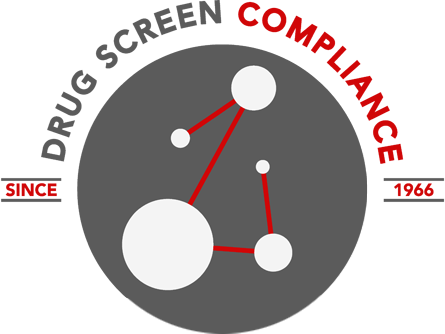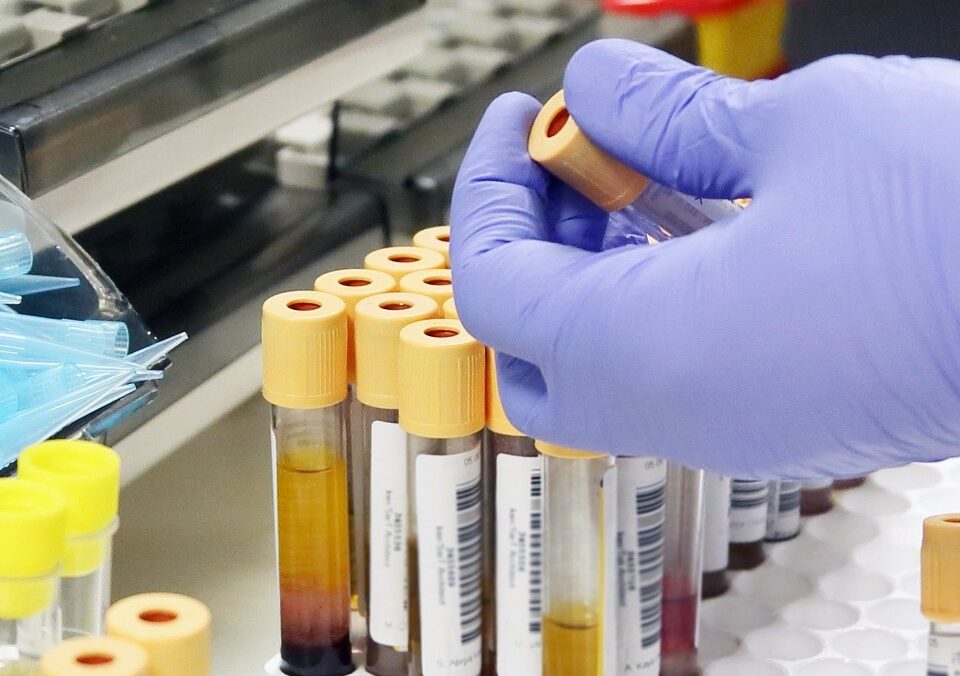The 3 Most Common Drug Tests and How Employees (Try) To Beat Them

Contractor’s respond to modern day drug abuse!
October 20, 20173 Benefits of Having a Workplace Drug Screening Program
December 5, 2017 Did you know that more than 9.5 million urine drug tests in the United States came back positive in 2015? It’s no secret that many employees use recreational drugs like marijuana, but that number is shocking to many employers. Maybe, though, the number is higher still. Depending on the type of recreational drug ingested, when the use took place, and the quality of the drug and alcohol test itself, a urine drug test might not be able to detect it.
Did you know that more than 9.5 million urine drug tests in the United States came back positive in 2015? It’s no secret that many employees use recreational drugs like marijuana, but that number is shocking to many employers. Maybe, though, the number is higher still. Depending on the type of recreational drug ingested, when the use took place, and the quality of the drug and alcohol test itself, a urine drug test might not be able to detect it.
Luckily, there are other ways to find out who is partaking in recreational substances. Plus, drug testing services have gotten much more effective over the years, and it’s become much harder for drug users to obfuscate potential condemning results. In order to get a better understanding of drug use among employees and job applicants, let’s examine both the common ways to test for illegal drugs and common ways to avoid testing positive for drug use.
Saliva Drug Test
This is a drug test administered by taking a cotton swab and running it along the inside of the subject’s cheek.
- When It Works: Typically, this test is used to see if the subject has used any drugs in the last three days. While that might not sound so reliable, it is fairly difficult to falsify an impromptu saliva test. It is a more cost-effective option as well and would provide rapid drug screening.
- When It’s Beaten: Most drugs leave your system after a few days, so all the subject needs to do is be sober at the time of the test and the three days prior. Since that might not be the case, drug users who are aware of this testing method carry around gum designed to deceive the test. Efficacy of these products have not been scientifically reviewed, and their effectiveness is dubious.
Urine Drug Tests
Urine drug and alcohol tests are the most common method for screening job applicants for illegal drug use.
- How It Works:A urine sample is requested from the subject of a test, then sent to a lab for evaluation.
- When It Works: This is a staple of the drug screening process for a reason; urine tests can detect drug use for longer and more accurately than a saliva test. In some cases, it can detect use for months afterwards.
- When It’s Beaten: Since the urine test has been around for so long, there are many ways drug users have claimed to be effective at beating it. The most consistent way that people report succeeding in is the use of a sober person’s urine, concealed before entering the test facility. However, there are urine drug tests that can detect this kind of trickery, and these tests are much more reliable than most recreational drug users realize.
Hair Follicle Drug Test
This is probably the most effective and foolproof form of drug testing.
- How It Works: A strand of hair is cut from the subject’s head and tested close to the base to get the most recent drug history.
- When It Works: This method of testing for illicit drugs is accurate up to however long the subject’s hair has grown. The standard, though, is to check only three months into the past.
- When It’s Beaten: This is a tough one for drug users to beat. Aside from cutting all the hair on their body down to a length too short to use (which itself would raise suspicion), there is not much they can do.
In the end, the combination of each of the above drug tests can be used together to get a better, more accurate understanding of drug use among employees in the U.S. workforce. For more information on choosing the most reliable drug and alcohol test for your purposes, contact Drug Screen Compliance today.




